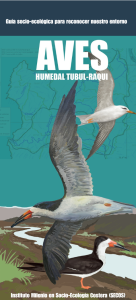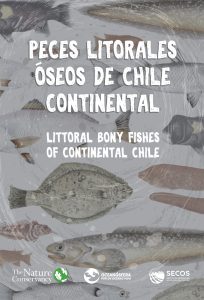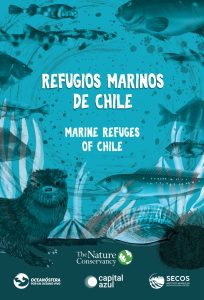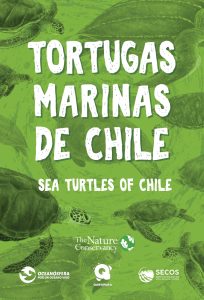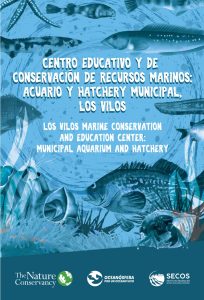Marine Refuges of Chile
Marine Refuges are ocean areas located along the coast of Chile, established for the conservation and restoration of marine life. They are situated within management areas that are collectively administered by members of artisanal fishing unions. Fishermen and fisherwomen voluntarily lead these initiatives, which include biodiversity monitoring, environmental education, and the implementation of measures against poaching and illegal fishing within the refuge.
Since 2016, in partnership with the Fundación Capital Azul, fishing unions have established a network of five Marine Refuges. These are located along the central coast of Chile, in the Valparaíso Region. From north to south, they are: La Ballena-La Polcura, Zapallar, Cachagua, Maitencillo, and Ventanas. A new Marine Refuge will soon be created in collaboration with the Huiro Indigenous Fishermen’s Association.
Explore these Marine Refuges and discover the birds, mammals, fish, invertebrates, and algae that inhabit them. Learn about 45 species of marine flora and fauna and why they are important. Help us protect and conserve these coastal areas and the marine life that calls them home.
Language: Spanish and English.
Authorship: Artisanal Fishers Organizations, Natalio Godoy Salinas, Felipe Torres Cañete, Florencia Vial Tupper, Carolina J. Zagal Roberts, Rodrigo Sánchez Grez, Tomás Moggia Cárdenas, Paulina Martínez Marín, Stefan Gelcich Crossley (authors), Claudia Durán Mateluna (illustrations), Jorge Ruiz T. (ilustraciones pelícano, raya costera), Isabel Guerrero S. (diseño).



